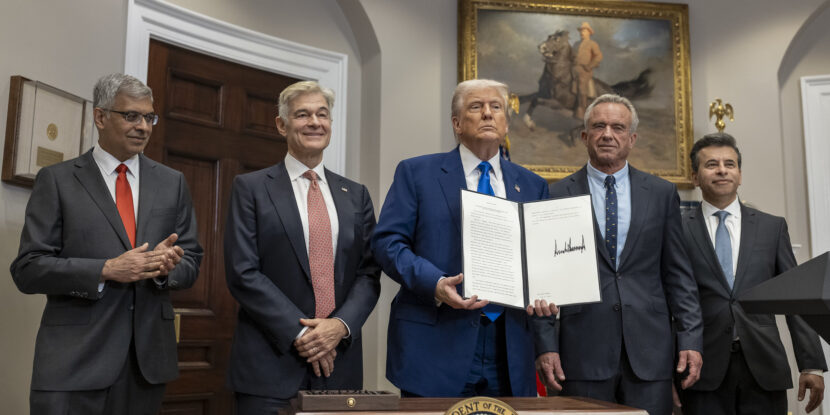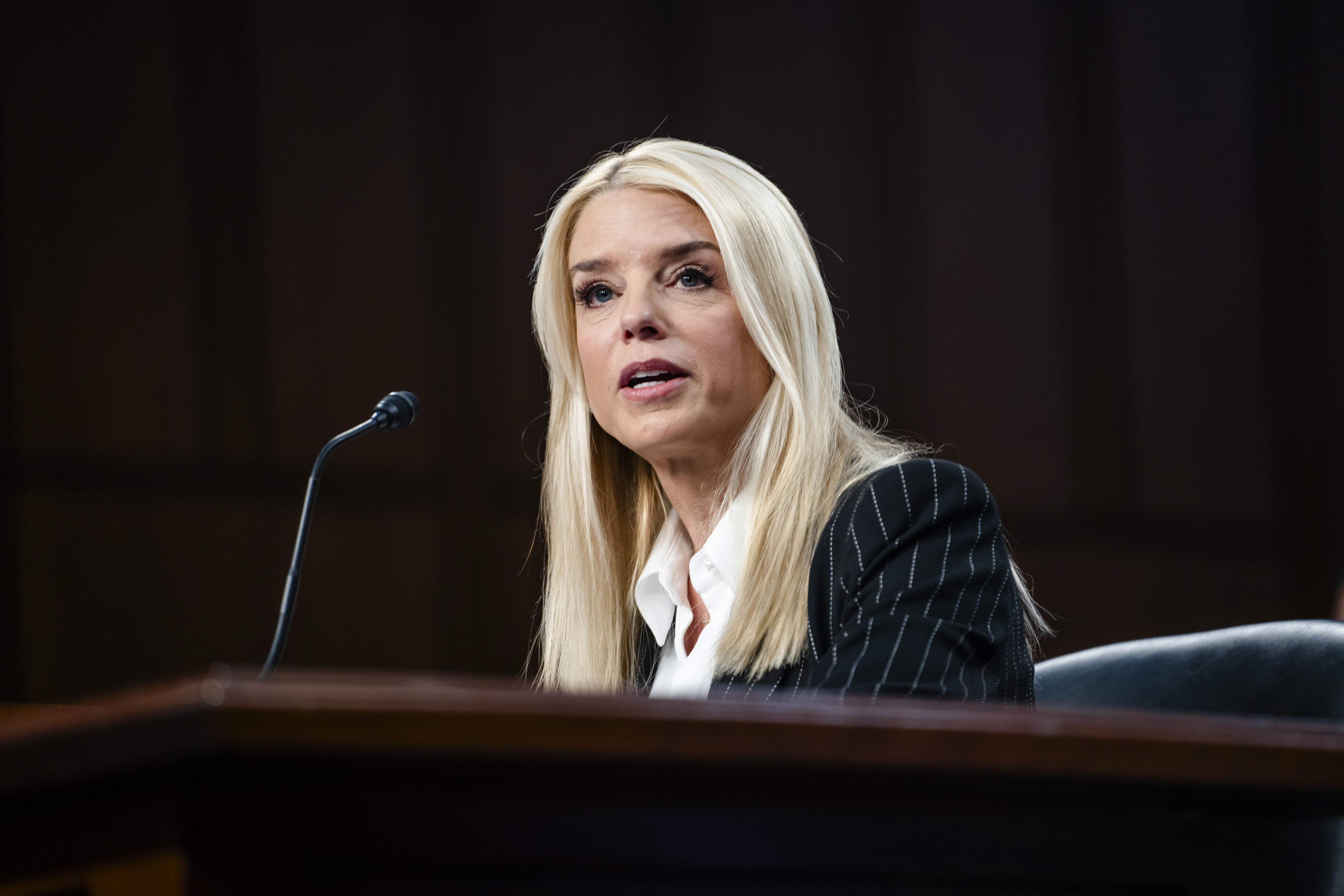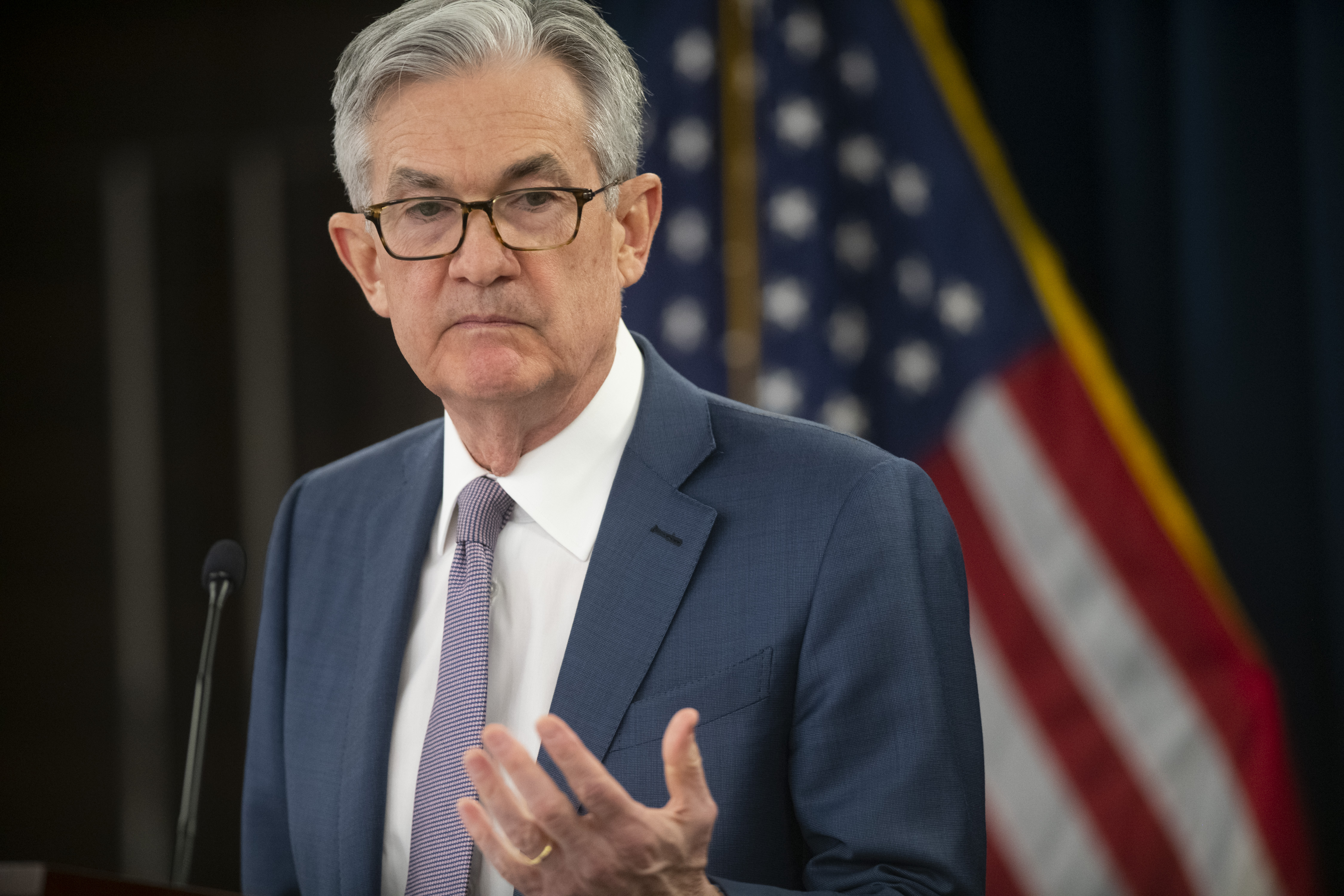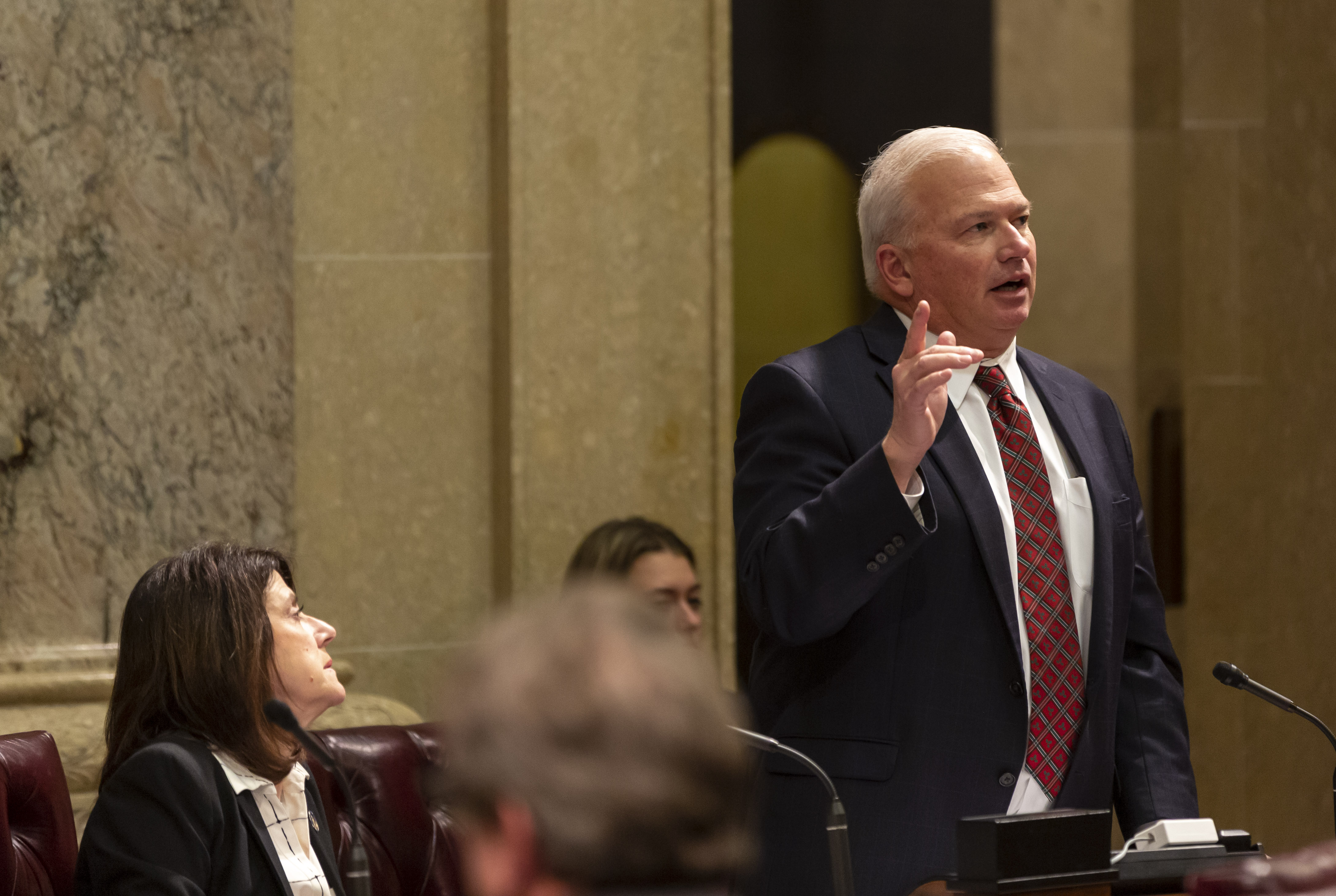
PULSE POINTS:
❓What Happened: Bitcoin surged past $110,000 for the first time, reaching a new all-time high.
👥 Who’s Involved: Traders, institutional investors like MicroStrategy, and market analysts such as Joshua Lim and Tony Sycamore.
Your free, daily feed from The National Pulse.
📍 Where & When: Early Asian trading on Thursday; Bitcoin is currently trading just under $111,000.
💬 Key Quote: Joshua Lim, global co-head of markets at FalconX Ltd., stated, “It has been a slow-motion grind into new all-time highs. There’s no shortage of demand for BTC from SPAC and PIPE deals…”
⚠️ Impact: The milestone reflects growing optimism in cryptocurrency markets, driven by regulatory developments, institutional demand, and bullish options activity.
IN FULL:
Bitcoin has reached a historic milestone, surpassing $110,000 per coin during early Asian trading on Thursday. The cryptocurrency, now trading just below $111,000, has gained 2.95 percent over the past 24 hours, fueled by growing optimism among traders and investors.
The surge comes amid increased anticipation for regulatory clarity in the cryptocurrency sector, spurred by progress on a stablecoin bill in the U.S. Senate. Market participants view the potential legislation as a step toward legitimizing and stabilizing the digital asset industry. However, some market analysis points to high levels of volatility in international bond markets as driving the flight of investors into Bitcoin.
Notably, a failed Japanese government bond auction earlier this week sent the country’s bond yields to near all-time highs. The ripple effect has dampened confidence in U.S. Treasury bonds as well, leading to a subpar 20-year auction on Wednesday, resulting in a sell-off and increasing yields. This has also made Bitcoin more attractive.
Bitcoin surged in December after President Donald J. Trump expressed an interest in creating a crypto reserve for the United States. This was later achieved in March when President Trump established a reserve of around 200,000 bitcoin, most of which had been seized by federal agencies in criminal proceedings.
Institutional demand has played a significant role in Bitcoin‘s latest rally. MicroStrategy, led by Michael Saylor, has amassed over $50 billion worth of Bitcoin, while other entities, including smaller companies and newly formed firms by crypto leaders, are financing acquisitions through methods such as convertible bonds and preferred stocks.
Joshua Lim, global co-head of markets at FalconX Ltd., highlighted the steady upward trend, commenting, “It has been a slow motion grind into new all-time highs. There’s no shortage of demand for BTC from SPAC and PIPE deals, which is manifesting in the premium on Coinbase spot prices.”
Options markets also reflect the bullish sentiment, with traders taking positions in Bitcoin calls expiring on June 27. Strike prices of $110,000, $120,000, and even $300,000 have seen significant open interest on the Deribit derivatives exchange.
Market analyst Tony Sycamore of IG noted that this new record high indicates Bitcoin’s earlier drop from January’s peak to below $75,000 in April was merely a correction within a broader bull market. “A sustained break above $110,000 is needed to trigger the next leg higher towards $125,000,” Sycamore added.

PULSE POINTS:
❓WHAT HAPPENED: The White House’s Make America Healthy Again (MAHA) Commission released a damning new report declaring that American children are in the midst of a chronic disease epidemic—driven by ultra-processed food, toxic environmental exposures, screen addiction, and rampant overmedication.
👤WHO WAS INVOLVED: The Commission is chaired by Secretary of Health and Human Services Robert F. Kennedy Jr. and includes high-level Trump-aligned figures such as Stephen Miller, Russell Vought, Jay Bhattacharya, Brooke Rollins, and Martin Makary.
Your free, daily feed from The National Pulse.
🧾KEY QUOTES: “Today’s children are the sickest generation in American history.” / “Nearly 70% of children’s calories now come from ultra-processed foods.” / “Federal policy has often been guided more by corporate profit than the public interest.”
⚠️FALLOUT: The report explicitly targets Big Pharma, Big Food, and the federal medical bureaucracy for colluding in a system that drugged, poisoned, and stressed children into chronic illness. It calls for sweeping reform, including food system overhaul, chemical exposure limits, and a rollback of overprescription and vaccine excess.
📌SIGNIFICANCE: For the first time, the federal government is acknowledging its own role in the childhood health crisis. The MAHA Commission calls for an America First health strategy—one that puts children’s well-being over pharmaceutical profits, processed food conglomerates, and failed “sick care” systems.
IN FULL:
The White House’s Make America Healthy Again Commission, chaired by Secretary of Health and Human Services Robert F. Kennedy Jr., has released a 68-page report warning that the health of America’s children is collapsing under the weight of toxic systems and captured institutions. The report lays out a case for sweeping federal intervention against what it calls a manufactured crisis of chronic disease in children.
The Commission states that American children are now the sickest generation in modern history. Conditions like obesity, diabetes, asthma, autoimmune disorders, and behavioral syndromes have exploded over the last three decades. The government’s data shows that nearly 70 percent of children’s calories now come from ultra-processed foods. The report connects these products not only to metabolic disorders but also to neurodevelopmental and mental health problems, citing additives and synthetic ingredients that bypass adequate testing and are pushed onto children through school lunch programs and federal nutrition guidelines.
Chemical exposure is also at the heart of the Commission’s findings. The report paints a picture of relentless toxic accumulation, from PFAS in drinking water to pesticides in food, flame retardants in furniture, and microplastics in the bloodstream. It blames regulatory agencies like the EPA and FDA for failing to act, accusing them of prioritizing corporate interests over child safety. One passage highlights that nearly a quarter of American children live near Superfund sites, defined as “areas contaminated with industrial toxic waste.” Others ingest industrial chemical residue daily through eating, drinking, breathing, and touching.
On the behavioral front, the report argues that digital devices and passive screen culture are neurologically rewiring children. Citing record-high levels of screen time, sleep deprivation, and social disconnection, the Commission directly links the modern lifestyle to rising rates of depression, anxiety, ADHD, and even suicide. It warns that the full impact of digital overstimulation on brain development is not yet understood, but early evidence is already damning.
Perhaps the most contentious section deals with the overmedicalization of children. The report slams what it calls “institutionalized polypharmacy,” describing an industry pipeline that puts kids on medications with little pediatric safety data and no long-term oversight. Antibiotics, psychiatric drugs, hormonal interventions, and vaccines are listed among the treatments requiring serious review, not rejection, but honest, rigorous reappraisal. The authors call out the pharmaceutical industry’s influence on medical journals, regulatory guidelines, and pediatric policy. They argue that this dynamic has produced a sick-care system driven by profit, not healing.
The MAHA Commission demands a radical policy shift. Instead of tweaking existing programs, the report calls for a realignment of national priorities: food must be nourishing, not addictive; healthcare must prevent disease, not mask symptoms; regulators must protect children, not corporations. Its top recommendations are ending federal subsidies for ultra-processed foods, conducting comprehensive chemical audits, launching large-scale nutrition and lifestyle trials, and restoring open scientific inquiry, particularly around vaccines, pharmaceutical safety, and the vaccine injury compensation system.
Based on these findings, an entire White House strategy is due in August 2025. For the first time, the federal government is publicly acknowledging its role in making children sick — and signaling that, under Trump’s America First vision, the era of institutional denial may be ending.
show less

 1 month ago
3
1 month ago
3








 English (US) ·
English (US) ·